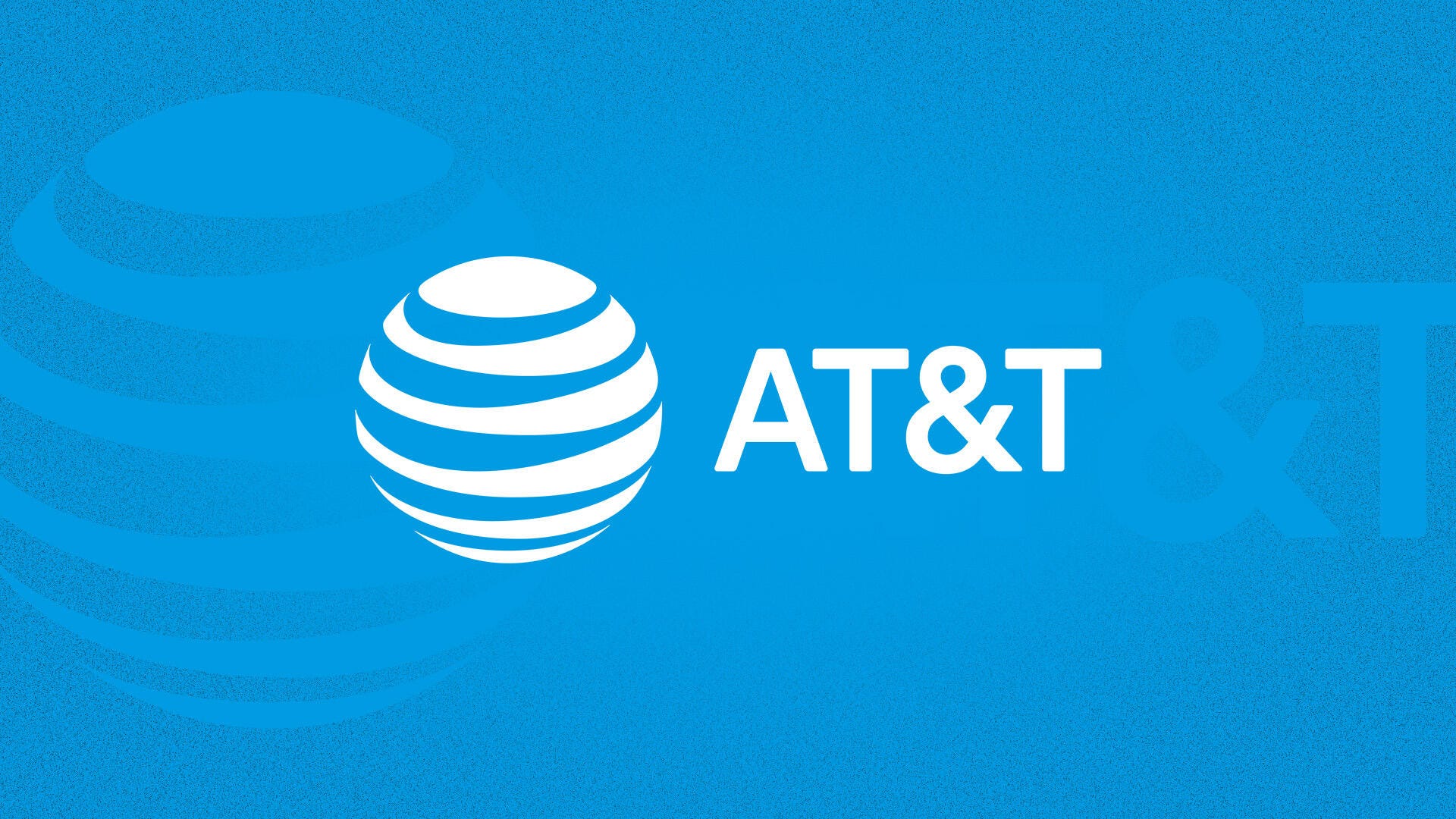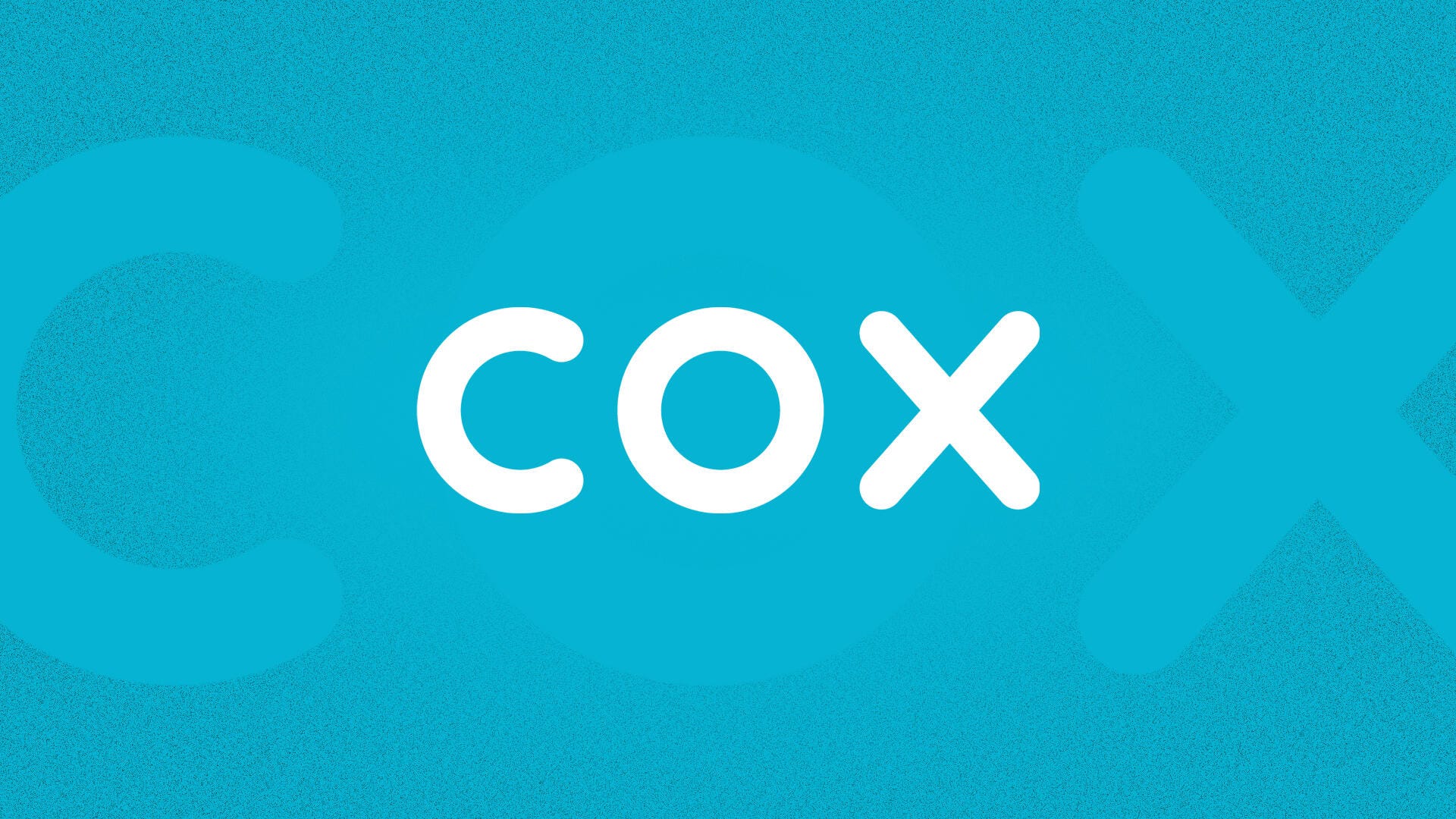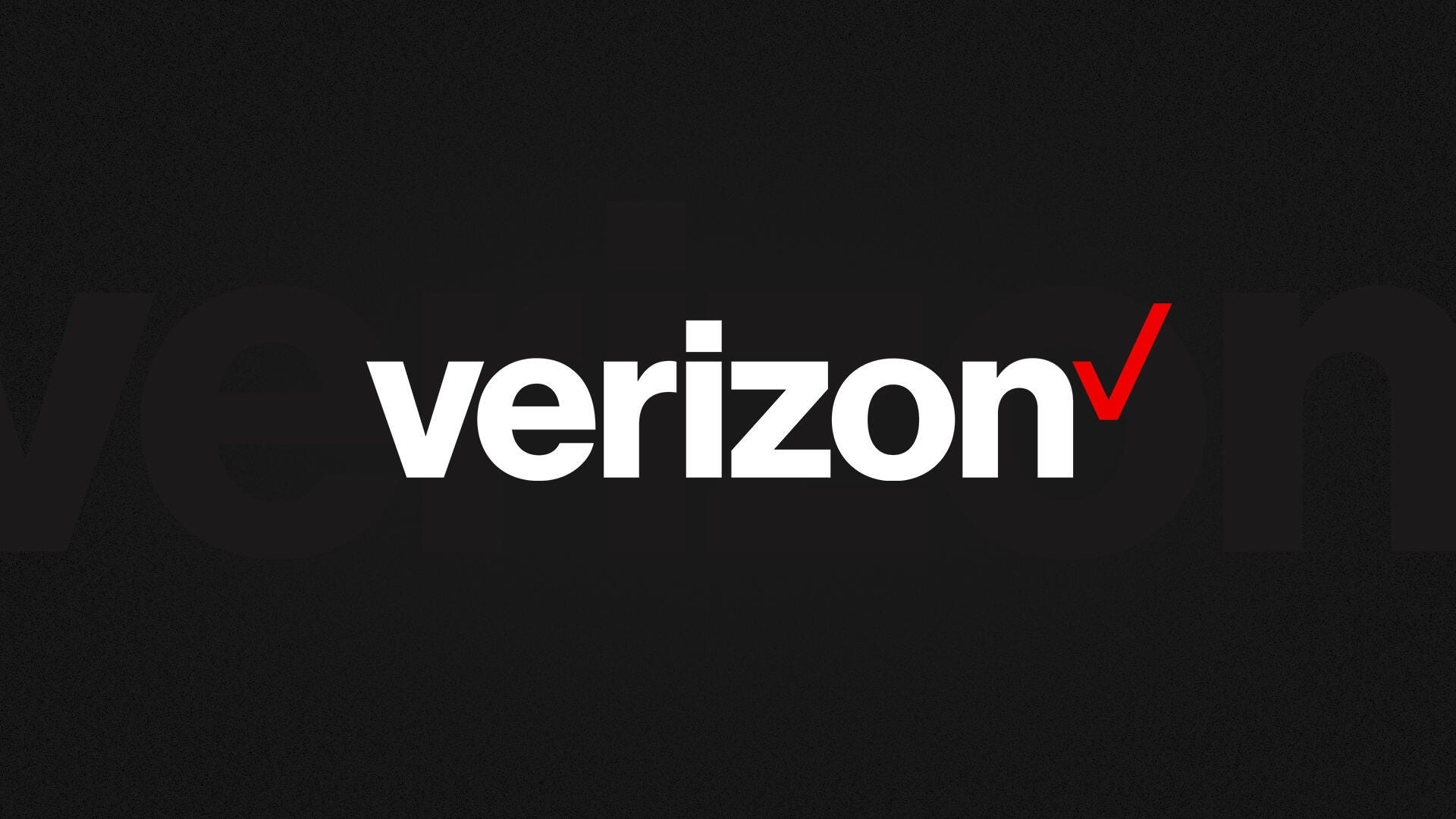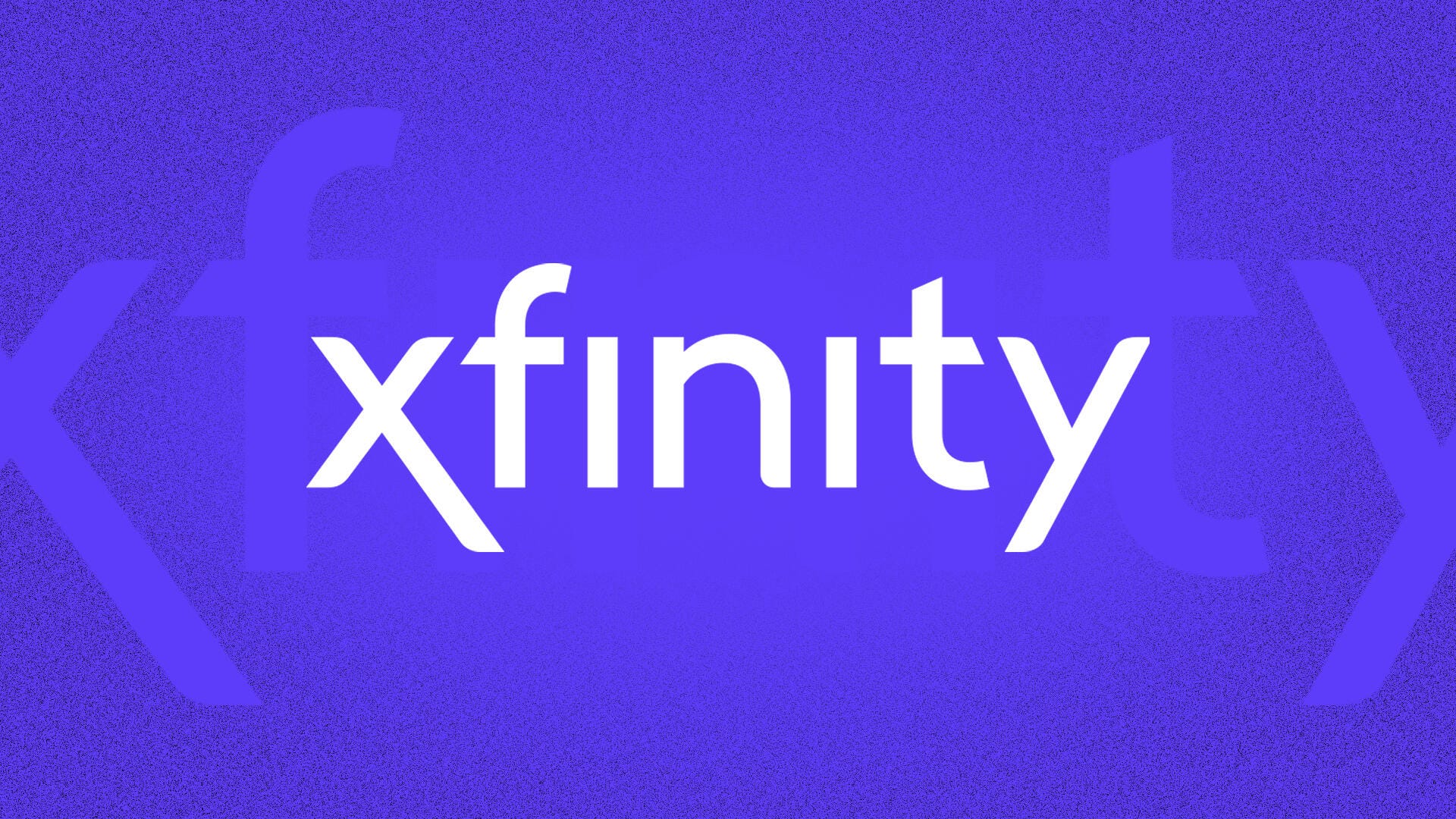Student discounts can be a lifesaver, whether you’re a college student with a tight budget or a parent balancing middle or high school students with increasing need for internet access. Finding a good internet connection is no cheap or easy task, but a lot of internet providers offer student discounts that can make the search much easier on the pocket, while providing decent internet speeds. A reliable internet connection is essential for remote learning, homework, Zoom and just about everything these days. If you want to get nothing but the essential internet service and avoid towering multigigabit speeds while not adding a financial burden on you and your family, we’ve got you covered with a range of discounted internet plans.
Start with federal broadband programs
Before getting bogged down by provider-specific deals, start with useful federal programs that apply to your household. No matter which internet provider you end up choosing, many providers offer big discounts for participants in programs like Federal Public Housing Assistance, the National School Lunch Program, the Supplemental Nutrition Assistance Program and Temporary Assistance for Needy Families to name a few.
If you’re eligible for those programs and you’ve signed up, you’ll most likely be eligible for a discount on your internet plan.
With the end of the Affordable Connectivity Program, the most important cheap internet program to consider joining is Lifeline, which has been around since 1985. It’s often mistaken as a program solely for seniors, but Lifeline assists all low-income households. That makes it a viable option for families with K-12 kids or college students out on their own. Eligibility factors include income of 135% or less than the federal poverty guidelines or participation in federal assistance programs like FPHA or SNAP.
Once you qualify, you get a $9.25 monthly discount on your internet bill or $111 a year off your broadband costs.
Next, consider how much speed you actually need to meet your broadband needs. Most discounted plans from internet providers range between 50 to 100Mbps, which isn’t too fast but sufficient for most online research and Zoom requirements. If you’re looking for speeds beyond that, consider some generally cheap internet plans but note that although the starting price can average between $20 to $30, those prices will increase after a year or two of service.
Now, let’s take a look at some of your top internet provider options.

Our take – This program offers affordable internet for families and students in qualifying, low-income households (including those who qualify for NSLP, SNAP, Head Start and WIC, among others). It features up to 50Mbps download speeds for $10 a month or 150Mbps download speeds for $20 a month, with the first 60 days for free. There are no contracts, credit checks or installation fees.

Our take – This program features up to 100Mbps download speeds for $30 a month or less for limited-income households within AT&T’s 21-state footprint. There are no contracts, data overage charges or installation fees, and AT&T provides a Wi-Fi modem free of charge. You may apply via income status or participation in NSLP or SNAP. California residents can qualify by participation in SSI.

Our take – Participants in this program will receive up to 100Mbps download speeds for $10 a month. This is aimed at families with school-aged children (K-12) that receive government assistance (including NSLP, SNAP, TANF, Head Start, LIHEAP, WIC or public housing). Cox’s offer includes no contracts, free installation, free access to Wi-Fi hotspots and Wi-Fi modem rental at no charge. Note that this plan does come with a data cap of 1.25TB.

Our take – Mediacom’s offering features up to 100Mbps download speeds for $15 monthly or $29 once you factor in the cost of a modem rental. No deposit is required, and there are no contracts. Your installation, equipment rental and Wi-Fi modem are free as well. To be a qualifying household, you must participate in a qualifying program like SNAP, Medicaid, WIC, SSI or Lifeline. Houses receiving Federal Public Housing Assistance, participating in the School Lunch Program, Tribal Assistance Programs, or receiving a Federal Pell Grant are also eligible for Xtream Connect.

Our take – For $15 a month, participants will receive up to 50Mbps download speeds, a free route, unlimited data, free installation and no contracts. You may be eligible if you or anyone in your household participates in NSLP or is a New York City resident and attends a New York City public school.

Fixed wireless
72 – 245 Mbps
$60 per month
Our take – This special program is available for students K-12 who are enrolled in the NSLP, SNAP, TANF, Medicaid or Head Start. The application process typically goes through school administrators, but parents and guardians can apply on behalf of their child’s school. All eligible students will receive 100GB a year and a free mobile hotspot for at least five years. There’s also the option to use the money value ($500 a year) toward a larger data plan and pay the rest out of pocket. Considering the average household uses more than 400GB a month, that’ll probably be the way to go for most families.
Fixed wireless
72 – 245 Mbps
$60 per month

300 – 2,000 Mbps
$50 – $120 per month
Our take – Verizon offers discounted pricing on its Verizon Fios internet plans to college students enrolled at an accredited, degree-granting public or private university or college. You can save up to $10 per month on the provider’s 100% fiber-optic plans if you’re an actively enrolled college student. However, you’ll first need to confirm your eligibility on the Verizon site and check to make sure Fios is available in your area.
300 – 2,000 Mbps
$50 – $120 per month

150 – 6,000 Mbps
$20 – $300 per month
Our take – Xfinity offers college students a deal to get 150Mbps download speed for $25 a month for one year. Modem and router rentals are free and some students may qualify for a prepaid card with some plans. Further details will depend upon your area and your ability to verify your student status. This offer isn’t available to students living in on-campus housing.
150 – 6,000 Mbps
$20 – $300 per month

50 – 100 Mbps
$10 – $30 per month
Our take – This plan features up to 50Mbps download speeds for $10 a month or 100Mbps for $30 a month. There are no installation fees, no monthly equipment costs and no data caps or contracts. Participants in NSLP, public housing, SNAP or TANF participants qualify.
50 – 100 Mbps
$10 – $30 per month
Student internet deals and discounts FAQs
Will AT&T give students a discount on internet service?
AT&T does not have a specific home internet discount program for students. They do have a discount plan called Access from AT&T that is aimed toward homes with participants in Head Start or the NSLP. This is not to be confused with AT&T’s wireless plans, which do offer discounts based on school or university eligibility.
Does the government offer free internet?
Unfortunately not. To find the best government programming or discounts on the internet, you’ll have to turn to state programs, initiatives like Lifeline which can offer $9.25 off your monthly bill or discounts offered by internet providers themselves. The ending of the Affordable Connectivity Program facilitated the loss of essential internet discounts (up to $30 off per month) across the country, a gap that has yet to be adequately filled by government programming.
Which internet providers feature broadband plans for $10 a month?
Cox’s Connect2Compete features 100Mbps for $10 a month, while Astound Broadband provides a 50Mbps plan for $10 a month with its Internet First program and Xfinity’s Internet Essentials plan is 50Mbps for $10 a month.




















+ There are no comments
Add yours